
Steel I Beam Retaining Wall Design The Best Picture Of Beam
Soldier Beam Walls. retaining wall design for the professional practitioner and civil engineering student could not be found. Hence this attempt to condense, simplify and compile information from many sources, including my own experience, into this book. Hopefully, it will ease your comfort level when designing retaining walls and
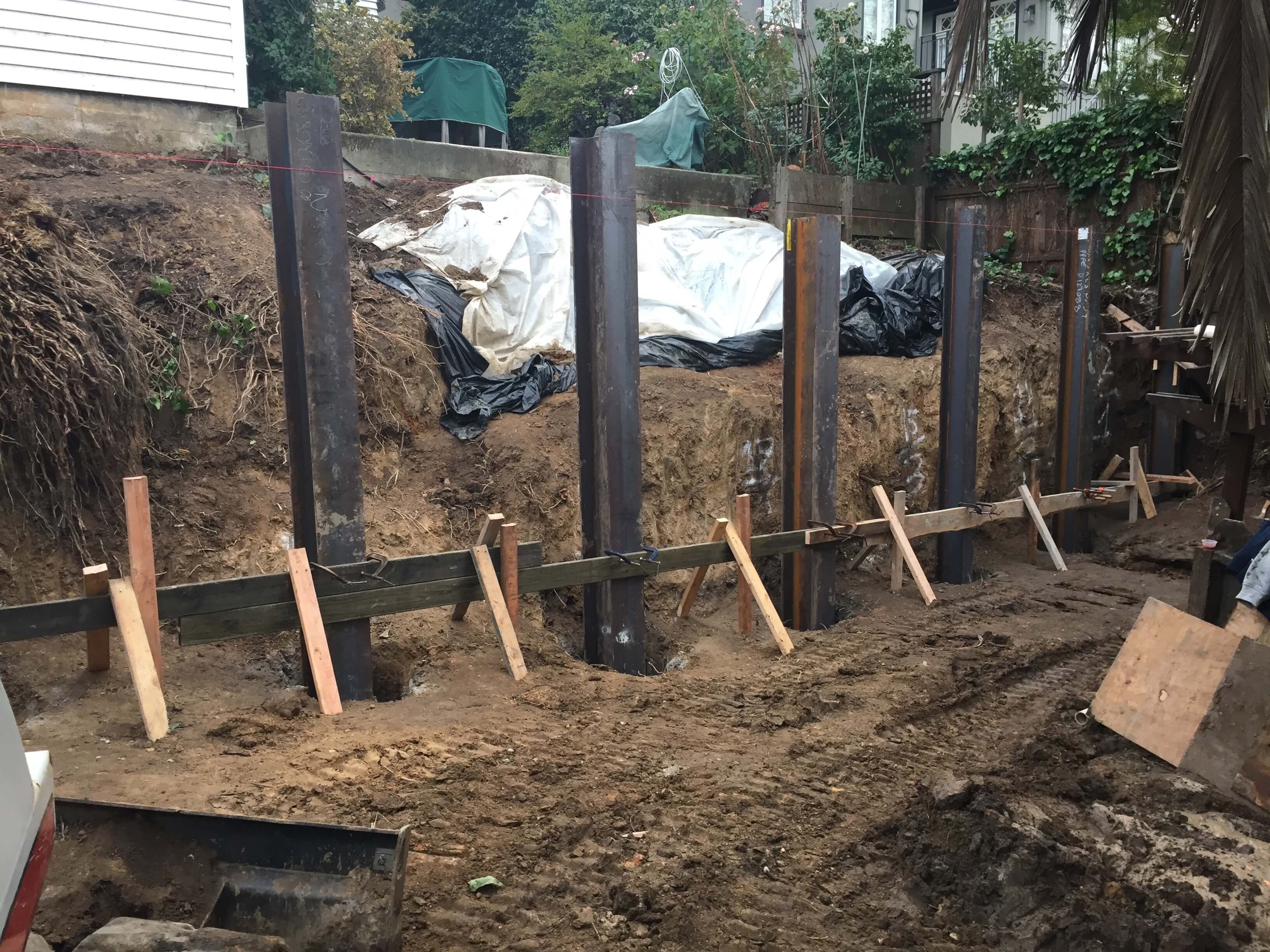
Job 3 I Beam Retaining Wall Jim Gardner Construction
Your steel post's base width should be 1/3 to 1/2 of your wall's height. Base thickness should be 1/8 of the wall's height. The thickness of your steel beams should also be considered, as they'll need to have sufficient strength to support the weight of your wall. We recommend 6 inches + 0.25 inches for each foot of wall height.

S275jr Galvanised Slotted Steel I Beam for Retaining Wall System China Steel I Beam and Steel Beam
1. Compute forces which are exerted by construction surcharges and pressure of active soil tributary to each soldier pile, Rankine formula could be used for calculation of active pressure coefficient ( Ka ). 2. Spacing of the piles is determined depend on beam size, embedment depth, and choosing of lagging.
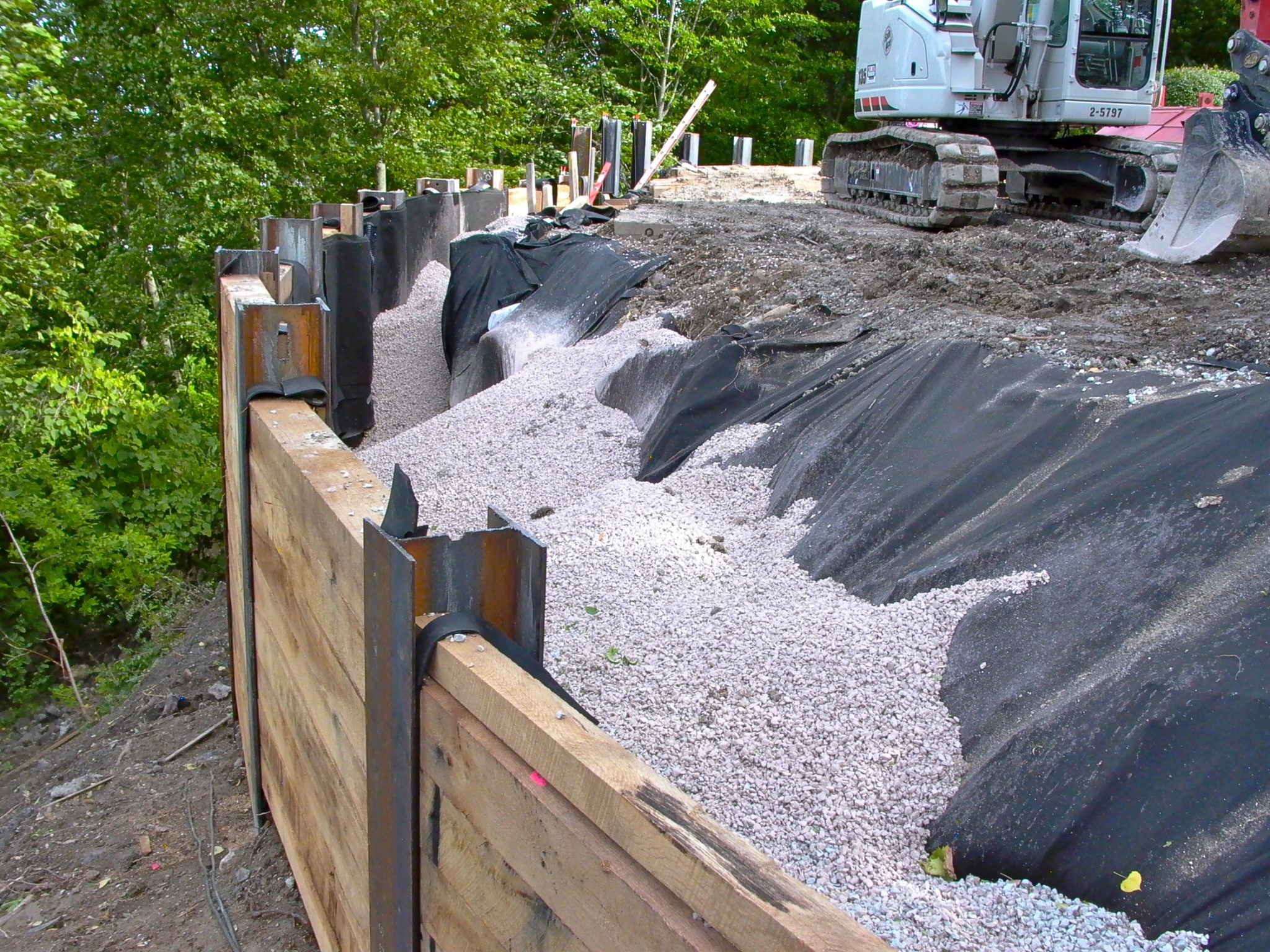
Steel I Beam And Wood Retaining Wall The Best Picture Of Beam
I stabilize basement walls with steel I-beams, placed vertically against the wall and spaced anywhere from 3 to 6 feet apart. I break open the concrete floor and footing, dig down at least 12 to 16 inches, place the I-beam in on end, pour a concrete pier around it, and then brace it off at the joists with 2x10s or 3x3 angle iron.
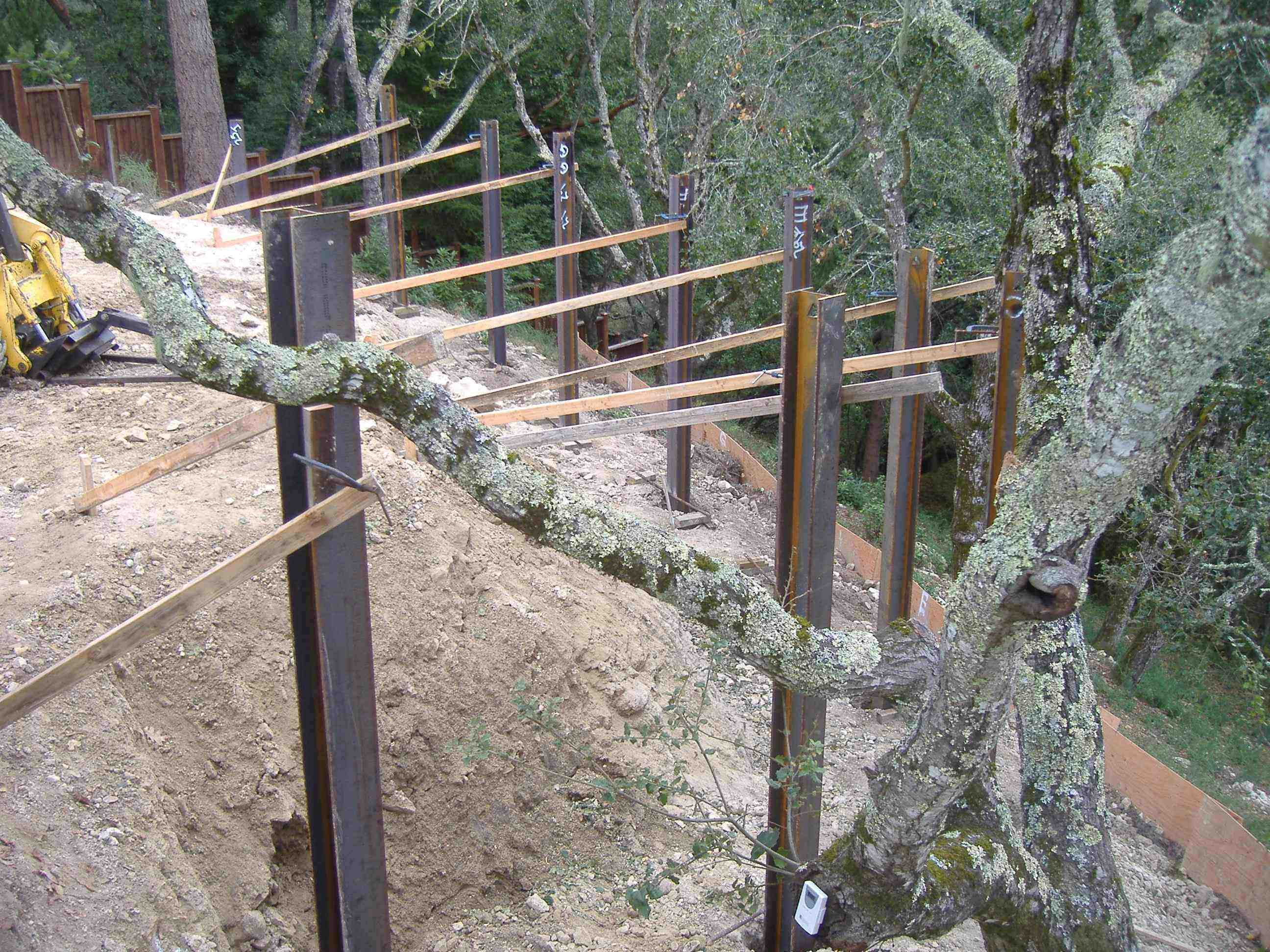
I Beams For Retaining Walls The Best Picture Of Beam
How to Engineer a Retaining Wall With Steel I Beams By Matthew McCabe Things You'll Need Post hole diggers Level Gloves Tape measure String or heavy twine Hammer Saw or grinder Cement Steel I-beams can be a challenge to handle. Wondering how to make a sloped lawn more useful or appealing?

IBeam Retaining Wall
Retaining Walls • Requires less than ½ labor and time to install compared to block walls • No cement or post holes required • Prefabricated components are fire resistant and longer-lasting • Will accommodate all types of soil and rock • Handrails can be easily installed • Complete packaged systems • Uses standard 2" thick material

i beam wood retaining wall Google Search Wood retaining wall, Building a retaining wall
Excavate the bottom of the slope to create a level base for the wall. Dig a foundation trench for the first row of timber (Image 2). Make the trench about 8 inches deep. The base of the retaining wall should be half the wall's height. So, in our case, that's 1 foot wide for a 2-foot high wall (Image 3). Tamp to a level base.

I Beam Retaining Wall Construction Yankees Blog
A retaining wall holds back an embankment of soil from an adjacent lower area. Retaining walls control erosion and create flat areas for use. Masonry, wood and stone are the most popular.

I beam wood retaining wall Landscaping retaining walls, Backyard retaining walls, Wood
Introduction Eliminate steep, difficult to mow slopes, stop erosion and create attractive planting beds with an easy to assemble wood retaining wall. It uses lightweight materials to create a strong durable wall. It uses standard treated dimensional lumber. You can easily adapt it to your site. And you can preassemble much of it in your garage!
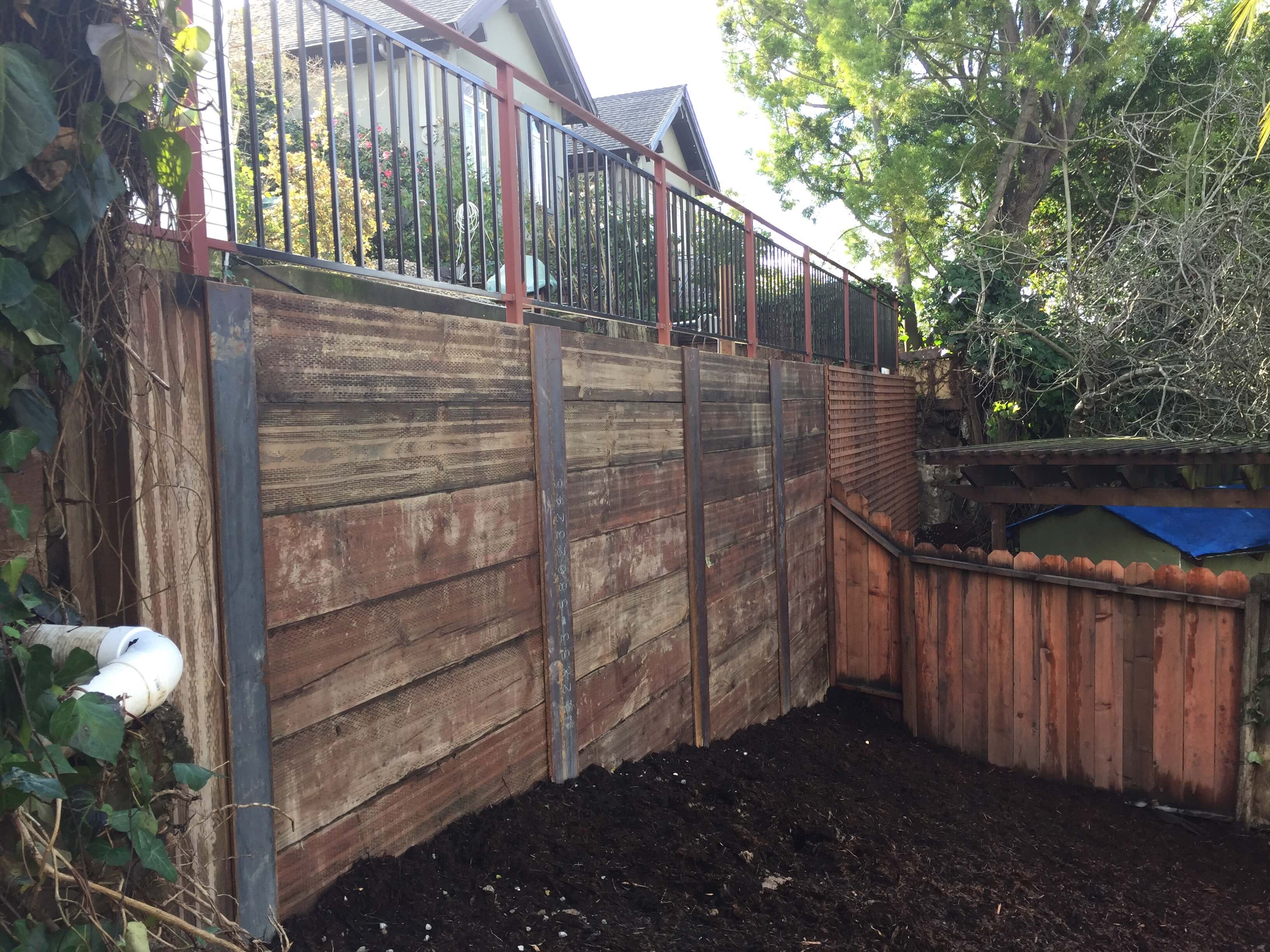
Job 3 I Beam Retaining Wall
Soldier Pile Walls. These walls typically consist of vertical steel "I" beams embedded into holes drilled into the soils. The holes are filled with a concrete grout mix so that the steel beams can cantilever to resist soil pressure. The beams are typically spaced at 8'-0" on center with 4"x 12" wood lagging between the beams to.
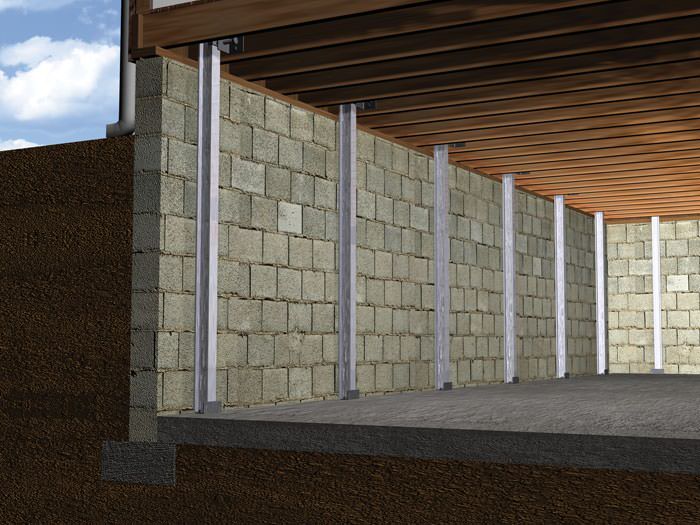
I Beam System For Failing Basement Walls in Hamden, Fairfield, Greenwich, Milford, Trumbull
Call 415-457-5658 for a prompt, reliable estimate from our experienced estimator. RWR has been building and reparing retaining walls in Berkeley for over 24 years. You will see our trucks and equipment working on homes in Berkeley, the Berkeley Hills, and Kensington neighborhoods.
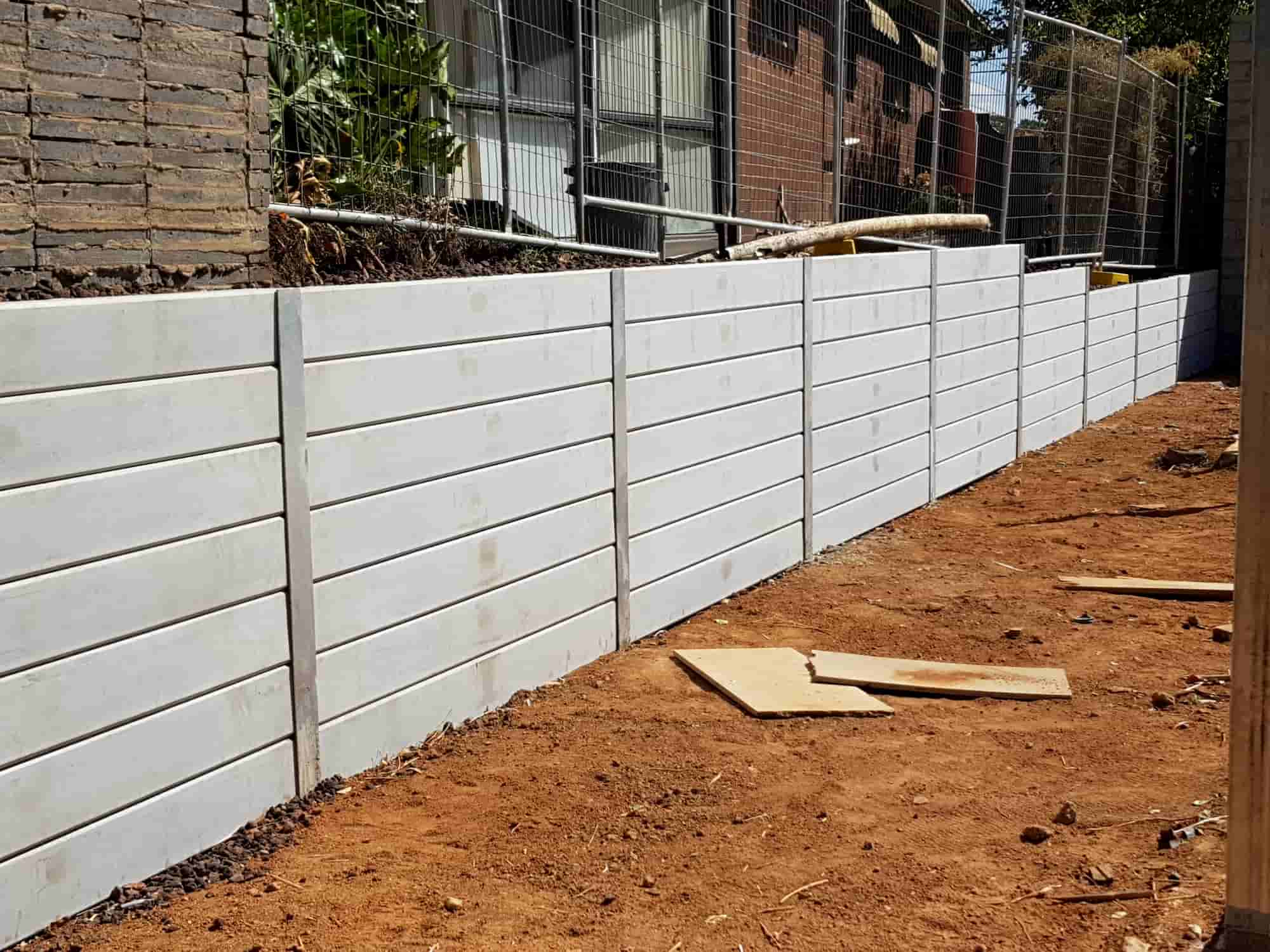
Concrete Sleeper Retaining Wall Company Contractors Installers Builders Melbourne Tuff
🕑 Reading time: 1 minuteThere various parts of a retaining wall and design principles of these retaining wall components based on different factors and material and methods of construction are discussed. Any wall that sustains significant lateral soil pressure is a retaining wall. However, the term is usually used with reference to a cantilever retaining […]

I Beam Retaining Wall Nz Park Art
If you have your retaining wall built, figure about $15 per square face foot for a timber wall, $20 for an interlocking-block system or poured concrete, and $25 for a natural-stone wall. Preparing a troublesome site—one that includes clay soil or a natural spring, for example—can raise costs substantially.
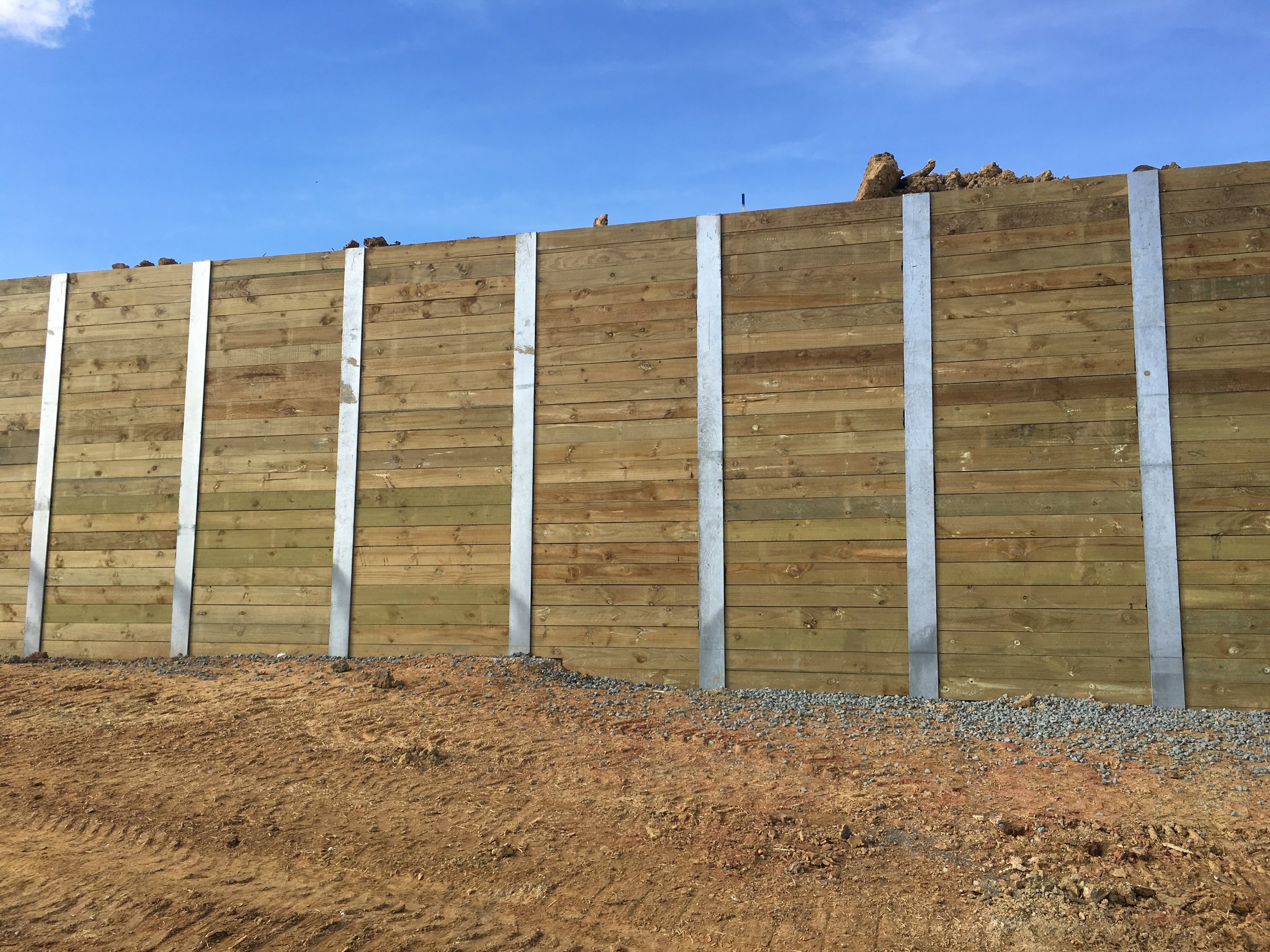
21+ Steel Retaining Walls AriadneAlfred
1 Dig a level trench a foot deep into stable soil. Make the trench straight by staking out the location exactly and using a tight string to make a line between the stakes. [1] 2 Add 6" of sand or crushed limestone as a base leveling material. Compact the base material. Check base material with a level or measure down from a leveled string line.

I Beam Retaining Wall Construction Yankees Blog
Galvanized Steel Beams, is a A36 hot rolled, mild steel beam that has been hot dipped in a zinc rich galvanizing process. Galvanized beams are a lower cost alternative to stainless steel to achieve rust free protection for up to 30 years, while maintaining comparable strength with a durable hard surface coating.
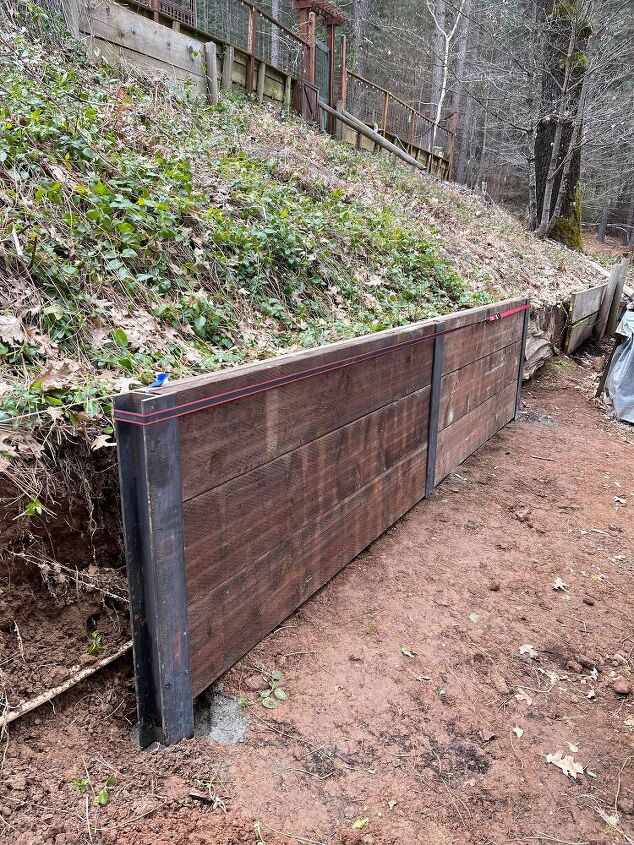
Using I Beams For Retaining Walls The Best Picture Of Beam
I-beam Sheet-piling Cost factors to install a retaining wall Labor cost Blocks and materials prices Building on a slope Finishing & options Cost to rebuild or replace a retaining wall Retaining wall cost estimator by location DIY retention wall cost Frequently asked questions Hiring retaining wall builders HOMEGUIDE COST GUIDES RETAINING WALL COST